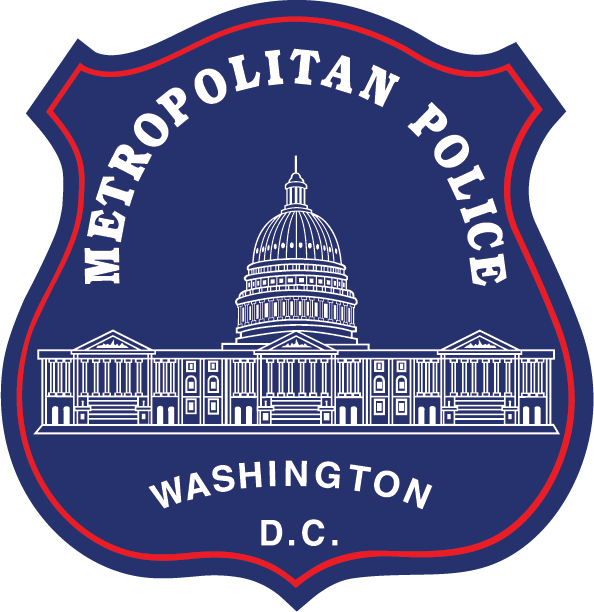Emergency Curfew Legislation
The Juvenile Curfew Second Emergency Amendment Act of 2025 took effect on November 7, 2025.
What does the law say?
The Juvenile Curfew Second Emergency Amendment Act of 2025 states that all persons under the age of 18 cannot remain in any public place or on the premises of any establishment within the District of Columbia during curfew hours, unless they are involved in certain exempted activities.
The law gives the Chief of Police the authority to establish Extended Juvenile Curfew Zones and allows the Mayor of the District of Columbia to authorize an Emergency Juvenile Curfew.
What are the curfew hours?
Citywide curfew hours are 11:00 pm to 6:00 am, seven days a week.
Juvenile Curfew Zones
In Juvenile Curfew Zones, any person under the age of 18 gathering in a group of nine (9) or more youths in any public place or on the premises of any establishment within the perimeter of an extended juvenile curfew zone must leave the area unless engaged in certain exempted activities. The Chief of Police will designate the curfew hours within these zones and communicate them to the public, but they will not begin before 8:00 pm or end after 6 am.
A list of declared Juvenile Curfew Zones is available in a link at the bottom of this page. That list includes zones declared in July and August 2025 under the first Juvenile Curfew Amendment Act of 2025, and in November 2025 under Mayor’s Order 2025-115.
Juvenile Curfew Zone Petition
Pursuant to the emergency law, an Advisory Neighborhood Commission (ANC), business improvement district (BID), or Main Street organization may petition the Chief of Police to establish a Juvenile Curfew Zone with extended juvenile curfew hours in an area covered by, or adjacent to the area covered by, the organization.
The petition must be approved by a formal vote of the members of the ANC, or the members of the BID or Main Street board of directors.
For more information on submitting a petition, please visit this form.
Does the curfew law apply to non-District residents?
Yes. The curfew law applies to all persons under the age of 18 who are in the District of Columbia during curfew hours. This includes both District residents as well as young people who reside elsewhere.
What are the penalties for violating the law?
A parent or legal guardian of a juvenile under the age of 18 commits an offense if he or she knowingly permits, or by insufficient control allows, a minor to violate the curfew law. Any adult who violates the Juvenile Curfew Act is subject to a fine not to exceed $500 or community service. A minor who violates curfew may be ordered to perform up to 25 hours of community service.
Persons under the age of 18 are exempt from curfew if they:
- Accompany a parent or guardian
- Complete an errand at the direction of a parent or guardian, without detour or stop
- Ride in a motor vehicle involved in interstate travel
- Work or return home from a job, without detour or stop
- Become involved in an emergency
- Stand on a sidewalk that joins their residence or the residence of a next-door neighbor, if the neighbor did not complain to police
- Attend an official school, religious, or other recreational activity sponsored by the District of Columbia, a civic organization, or other similar group that takes responsibility for the juvenile (this includes traveling to and from the activity)
- Exercise their First Amendment rights protected by the US Constitution, including the free exercise of speech, religion, and right of assembly
Is a Curfew Law Constitutional?
Passed in 1995, The Juvenile Curfew Act of 1995 (DC Code 2-1541 et. seq.) was set up to protect the health and safety of young people and our communities. After the law was challenged in court, MPD stopped enforcement until the court decided whether the law was constitutional. In June 1999, the US Circuit Court of Appeals for the District of Columbia found the law to be constitutional. The District began enforcing the law again in the fall of 1999.
Additional Resources
For more information on programs and safety tips for young people, visit:
